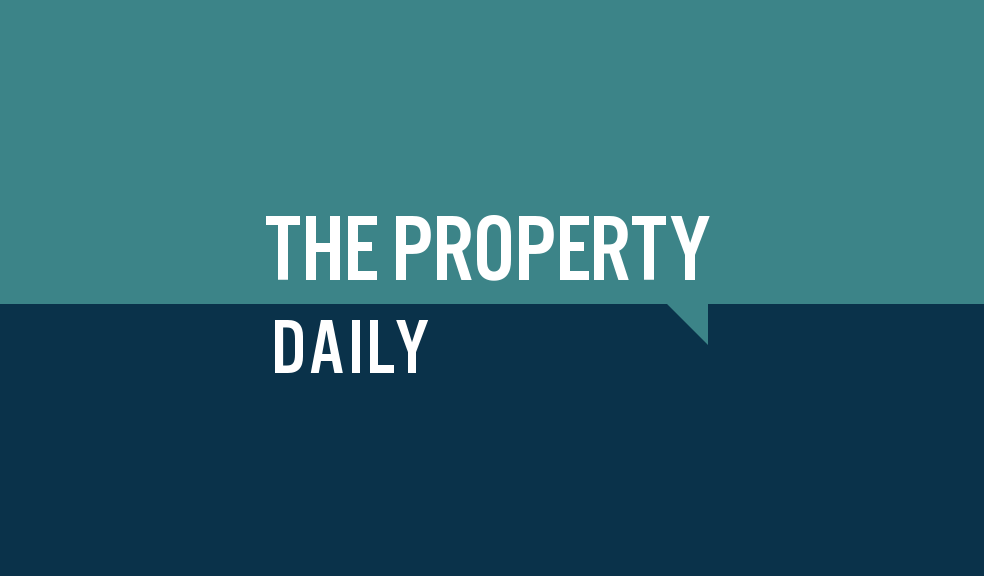
Housing development hotspots with lowest levels of NIMBYism revealed
With the new Labour Government recently increasing its housebuilding ambitions to 370,000 new homes a year, the latest research by Lomond, has revealed where they're most likely to succeed due to the lowest levels of market NIMBYism, based on the highest percentage of planning applications granted for major and minor housing development over the last 12 months.
Lomond analysed the latest Gov data looking at the total number of planning applications for both major and minor dwelling developments across all areas of England over the last 12 months (1st April to March 2024 - latest available), before then looking at which areas have seen the highest success rate when it comes to these applications being granted.
The research shows that over the last 12 months across England as a whole, 31,954 of the 45,040 development applications submitted were given the green light, equating to a success rate of 71%.
The North East tops the table as the region with the lowest level of NIMBYism, where 81% of all residential development applications were granted, whilst East of England ranks as the nation's regional NIMBY hotspot, with just 64% of all applications given the go ahead.
When breaking the property market down at local authority level, Lomond found that the City of London was home to the highest success rate, with 100% of applications being granted. However, it's important to note that this 100% comes via just six decisions.
Blackburn with Darwen ranks as the best location to bypass NIMBYism outside of the City of London, with 56 of the 57 planning decisions made over the last year being approved - a 98.2% success rate.
Other areas to feature in the top 10 include North Tyneside (96.2%), Gosport (95.5%), Darlington (95%), Melton (94.4%), Cumberland (93.7%), Chesterfield (93.7%), Halton (92.9% and Chorley (92.1%).
In contrast, the nation's current NIMBY hotspot is Croydon, where just 32.5% of all residential major and minor dwelling development applications are approved.
Barking and Dagenham (37.4%), Lambeth (38.5%), Havering (41.3%), Bromley (41.7%), Bedford (41.1%), Crawley (42.9%), Middlesbrough (42.9%), Castle Point (43.8%) and Epping Forest (45.2%) also rank amongst the areas with the lowest success rates.
Lomond CEO, Ed Phillips, commented:
"In many ways, you can appreciate why some residents don't wish to see their existing towns subject to further development, as it can put a strain on local infrastructure and resources.
That said, we simply can't bow to pressure from residents who don't wish to share their space, especially when it comes to building the required number of new homes that we so desperately need to address the current housing crisis.
Of course, NIMBYism isn't the sole reason that can cause planning applications to fall by the wayside and other common issues include a clash with local or national policy; a lack of development need; an overshadowing or loss of privacy; harm to a host building; a detrimental impact on neighbouring amenities; green belt protection - to name but a few.
Although it's important to note that NIMBYism can also influence all of these factors when it comes to any objections that are raised.
It's the job of the nation's housebuilders to ensure that when they are looking to break ground, they plan thoroughly to consider and avoid any potential pitfalls, as we simply can't afford to see almost a third of all applications being rejected."









